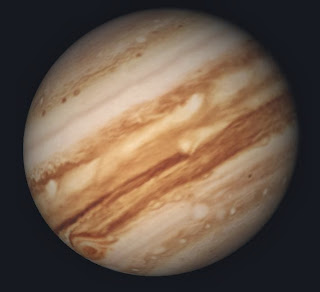It regularly fills the skies over the poles with bright light shows known as the aurora. It destroys satellites, possibly resulting in the failure of wireless communications, ATMs and television. It could leave large areas without power for months. But what is ‘it’? - Space Weather.
Space weather is dangerous and a large event could have a massive impact on society. But what is ‘Space Weather’? What are the possible effects? What are the questions that still need answering?
‘Space Weather’ describes the happenings in the environment surrounding the Earth. This ‘weather’ is fuelled by the Sun’s unpredictable activities – more specifically solar flares, Coronal Mass Ejections (CMEs), coronal holes and solar prominences. We are completely dependent on the Sun, it can be our best friend or our worst enemy.
 |
| Photograph of Aurora taken from onboard the International Space Station by European astronaut André Kuipers. Image credit: ESA |
‘Space Weather’ describes the happenings in the environment surrounding the Earth. This ‘weather’ is fuelled by the Sun’s unpredictable activities – more specifically solar flares, Coronal Mass Ejections (CMEs), coronal holes and solar prominences. We are completely dependent on the Sun, it can be our best friend or our worst enemy.


.jpg)






